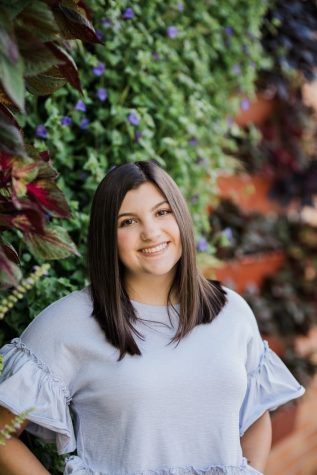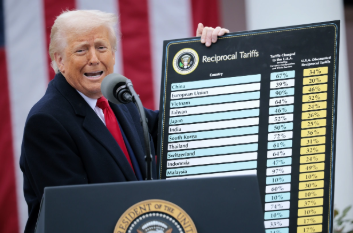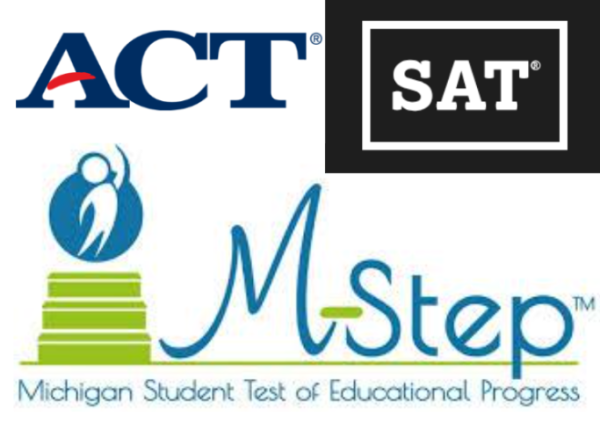Absentee Voting in West Bloomfield
On Tuesday November 3rd, millions of people across the country cast their ballots for the 2020 general election. This election was quite different than those in the past, as COVID-19 caused many people to choose to cast absentee ballots instead of voting in person. Across the country there were over 91 million absentee ballots. In West Bloomfield, there were 33,287 absentee ballots cast, which equals approximately 75% of the total ballots cast.
In order to vote with an absentee ballot in West Bloomfield, residents had to call the Township Clerk’s office and request an absentee ballot application be sent to them or print out the application themselves. The application then needed to be sent to the Township Clerk’s office by mail, fax, or be dropped off.
Residents then received their ballots in the mail several weeks before November 3rd. The ballots were filled out and mailed back to the Township building or dropped off in the Township Drop Box. Once the ballot was received, the Clerk’s office checked the list of registered voters from the ballots precinct to ensure that the voter was registered. The signature on the envelope containing the ballot is then verified with the signature on the absentee ballot application. If the signature is valid the ballot is saved in a box until election day. If the signature is found to be invalid the voter is contacted and given 48 hours to submit an acceptable signature. This ballot is then saved to be processed with the others received.
In West Bloomfield, the processing of absentee ballots begins at 7am. Absentee voter counting board members arrive and find their assigned precincts. They begin organizing their stations and get ready to tabulate ballots. Within each precinct there are three members, with at least one republican and one democrat. This system is used to ensure that each party is represented if there is an issue with a ballot.
Each person works at a station with a specific job for processing ballots. At station one, the envelope containing the ballot is opened and checked to ensure that the ballot stub number matches the envelope number. The ballot is taken out of the envelope and placed in station two’s basket. The envelope is set aside in a mail try and saved by the Township. In station two, the ballot is taken out of its secrecy sleeve and the ballot stub is removed. The ballot stubs are bundled in groups of fifty and kept in a large zip lock bag that will eventually be kept with the tabulated ballots. The secrecy sleeves are saved in a mail try and reused in future elections. Station three takes the ballot and feeds it through the tabulator, marking every fiftieth ballot on a sheet of paper. After the ballots are counted they are transferred from the tabulator to a luggage bag. At the end of the night the luggage bag is sealed and kept in storage for the next seven years.
The first batch of ballots contains 500 to 1500 ballots and can take until 5pm to tabulate. In addition, each precinct can receive ballots throughout the day that have been dropped off. These can take many more hours to process and tabulate.
“We got our first batch which had 1300, then our second had another 250. We were processing until 8pm,” absentee voter counting board member and senior at WBHS Ava Schulz commented on the procedures. “Even after we had finished we couldn’t leave. We had to wait until all other precincts were done tabulating.”
Many students chose to work in the election in 2020 like Ava Schulz did. The experience gives students who may not be able to vote, a way to become involved in civic matters. To participate as a member of the absentee voter counting board or as an election inspector a student must be 16 years old. Students must also submit an application and attend a training session. Working as an election official also looks great on college applications and resumes.
“Putting my experience working the August primary election on my resume is definitely giving me an edge on other college applicants. It shows that I’m involved in community work and politics,” senior and former absentee voter counting board member Audrey Gunawan remarks.
Your donation will support the student journalists of West Bloomfield High School. Your contribution will allow us to purchase equipment and cover our annual website hosting costs.

I am the President of Student Leadership for the 2020-21 school year. I am also President of the Senior class. I enjoy baking, spending time with friends,...






